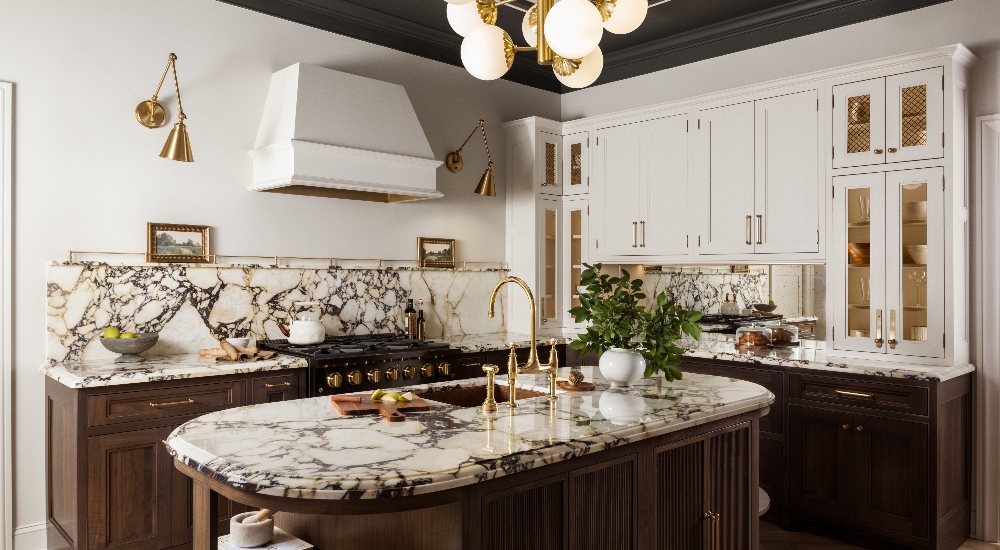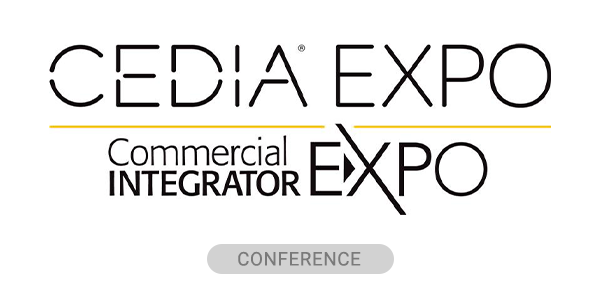The Maryland Kitchen Design Center by Gramophone has officially unveiled a new brand identity, emerging as Gramophone Design Build to fit with the company’s growth narrative as the once simple kitchen and bath showroom has evolved into a full-service design-build organization that today offers a mix of renovation, interior design, cabinetry, electrical contracting and smart home integration.
The company plans to celebrate the rebrand with an invite-only event on September 25 in its newly renovated showroom, which has been redesigned to reflect its expanded portfolio.
The Reasoning Behind the Gramophone Design Build Rebrand
“We’ve grown—and so have our capabilities,” said Andrew Davis, CEO and Managing Partner of Gramophone.
“What started as a kitchen and bath showroom has evolved into a full-service renovation firm incorporating smart home integration, lighting design, and licensed electrical services all available from a unified team. “
“Aligning under the Gramophone Design Build name allows us to better represent our comprehensive services, while fully embracing the craftsmanship, design excellence, and innovation that define the Gramophone legacy,” Davis added.
Gramophone’s Track Record for Award-Winning Design
A multiyear award winner in the CE Pro Home of the Year Awards, Gramophone has received multiple recognitions for its work in designing spaces ranging from home theaters to houses of worship.
The company has also received frequent honors for its work on Kitchen & Projects, with Gramophone taking home both Gold and Silver in the category in 2025.
A Shift Toward Unified Design and Technology
With tech systems having grown more complex, the need for communication and collaboration between other trades on a project have grown even more necessary over the years. Nowadays, much of what an integrator works with can impact the interior design, architecture and various home systems like electrical or HVAC.
Firms offering wider scopes can better coordinate early (pre-wiring, control systems, lighting design) to avoid costly retrofits or conflicts. How different firms go about reducing this potential friction has varied, however with some firms opting to stay more agile, forming partnerships that can get them into discussions earlier without adding complexity onto the business.
The Edge of Vertical Integration
Despite the extra added complexity that comes with this type of vertical integration, Gramophone has navigated the challenges well thus far, and has largely been able to reap the benefits that come with such a business model. By offering design, build and tech services in house, Gramophone is better able to execute on a client’s vision by not having to navigate potentially conflicting business interests while on a job site.
Additionally, there is a greater capacity for communication and coordination between the design and tech arms of the business that can potentially help smooth out the installation process while also being able to tackle any sudden changes with greater efficiency.
Other firms have also begun to expand in a similar direction, offering what equates to a one-stop-shop at times for clients, however, those types of businesses still remain few and far between within the broad landscape of custom integration, with many still opting for stronger business relations with associated trades over direct incorporation of said trades to in-house operations.
Still, Gramophone’s rebrand illustrates the competitive advantage of the former method, being able to greatly scale up operations in order to provide an all-encompassing technology-design service that can help streamline installation for both Gramophone and the client.







